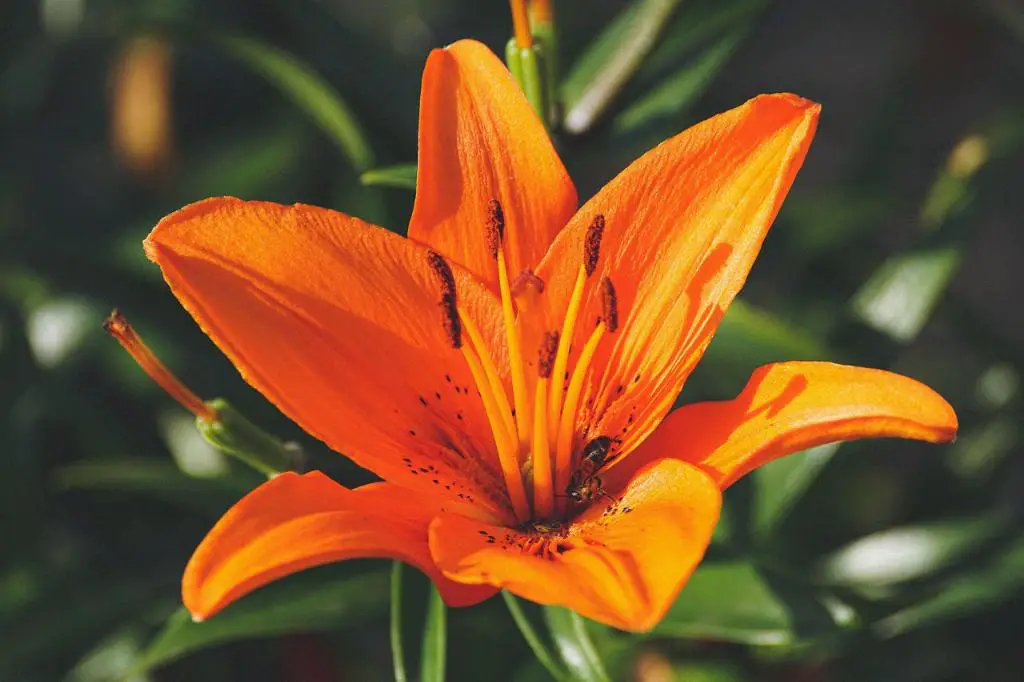When it comes to determining the ideal pot size for your peace lily, there are several factors to consider to ensure optimal growth and health of your plant. One crucial aspect to keep in mind is the size of the pot itself. Peace lilies generally thrive in pots that are not too large, with a recommended maximum size of around 10 inches in diameter.
Benefits of Using the Right Pot Size
Using a pot that is appropriately sized for your peace lily can have numerous benefits for the plant’s overall well-being. A pot that is too large can lead to excessive moisture retention in the soil, potentially causing root rot and other issues. On the other hand, a pot that is too small may restrict the plant’s growth and root development.
Gradual Transition to Larger Containers
While peace lilies typically do well in pots up to 10 inches in diameter, it is crucial to monitor the plant’s growth and consider gradually transitioning it into larger containers as needed. This gradual approach allows the plant to adjust to its new environment and minimizes the risk of shock or stress.
Importance of Proper Drainage
Another essential factor to consider when selecting a pot size for your peace lily is proper drainage. Ensure that the pot has sufficient drainage holes to allow excess water to escape, preventing waterlogged soil and root rot. It is recommended to use a well-draining potting mix specifically designed for peace lilies.
Monitoring Root Growth
Regularly inspecting the roots of your peace lily can provide valuable insights into whether it has outgrown its current pot. If the roots appear crowded and tightly packed, or if they are starting to grow out of the drainage holes, it may be time to repot the plant into a slightly larger container.
Choosing the Right Potting Mix
When repotting your peace lily into a larger container, selecting the appropriate potting mix is key to supporting healthy growth. Look for a well-balanced mix that provides good aeration, moisture retention, and drainage to promote optimal root development and overall plant health.
Optimizing Growing Conditions
In addition to selecting the right pot size, ensuring that your peace lily is placed in an optimal environment is essential for its well-being. Provide the plant with indirect sunlight, consistent watering, and adequate humidity to support its growth and blooming capabilities.
Considering the Plant’s Size
Take into account the current size of your peace lily when deciding on a pot size. If your plant is still young and relatively small, a smaller pot may suffice initially. However, as the plant matures and grows larger, you may need to consider transferring it to a larger container to accommodate its increased size.
Preventing Overwatering
One common mistake that can occur when selecting a pot size for your peace lily is overwatering. A pot that is too large or has inadequate drainage can lead to water pooling at the bottom, increasing the risk of root rot. Be mindful of your watering routine and adjust it based on the plant’s needs.
Avoiding Transplant Shock
To minimize the risk of transplant shock when repotting your peace lily, gently loosen the roots and handle the plant with care. Choose a new pot that is only slightly larger than the current one to prevent the plant from becoming overwhelmed by excess space, allowing it to adjust gradually to its new container.
Long-Term Growth and Maintenance
By carefully selecting the right pot size for your peace lily and providing it with the necessary care and growing conditions, you can promote long-term growth and overall plant health. Regularly assess the plant’s size, root development, and potting mix to ensure that it continues to thrive in its environment.

